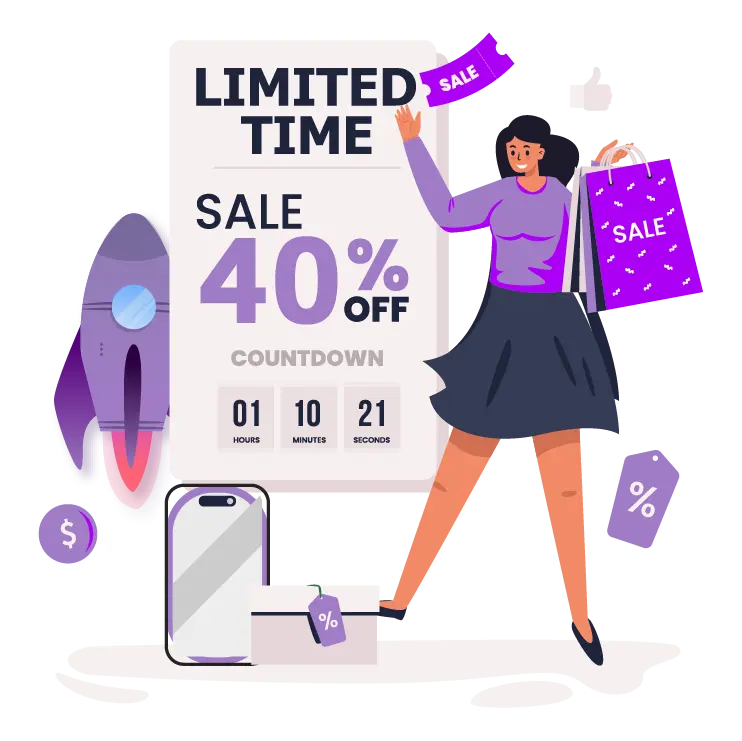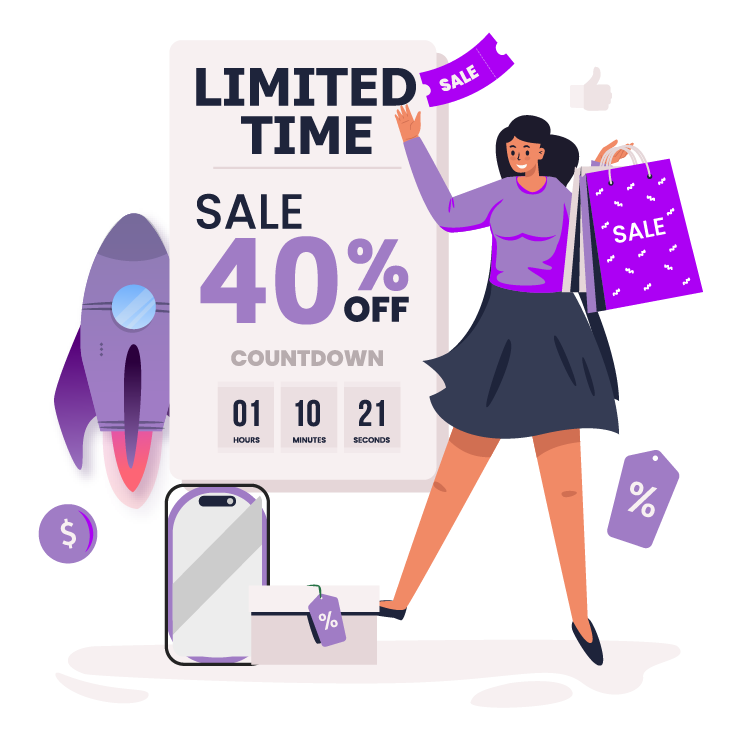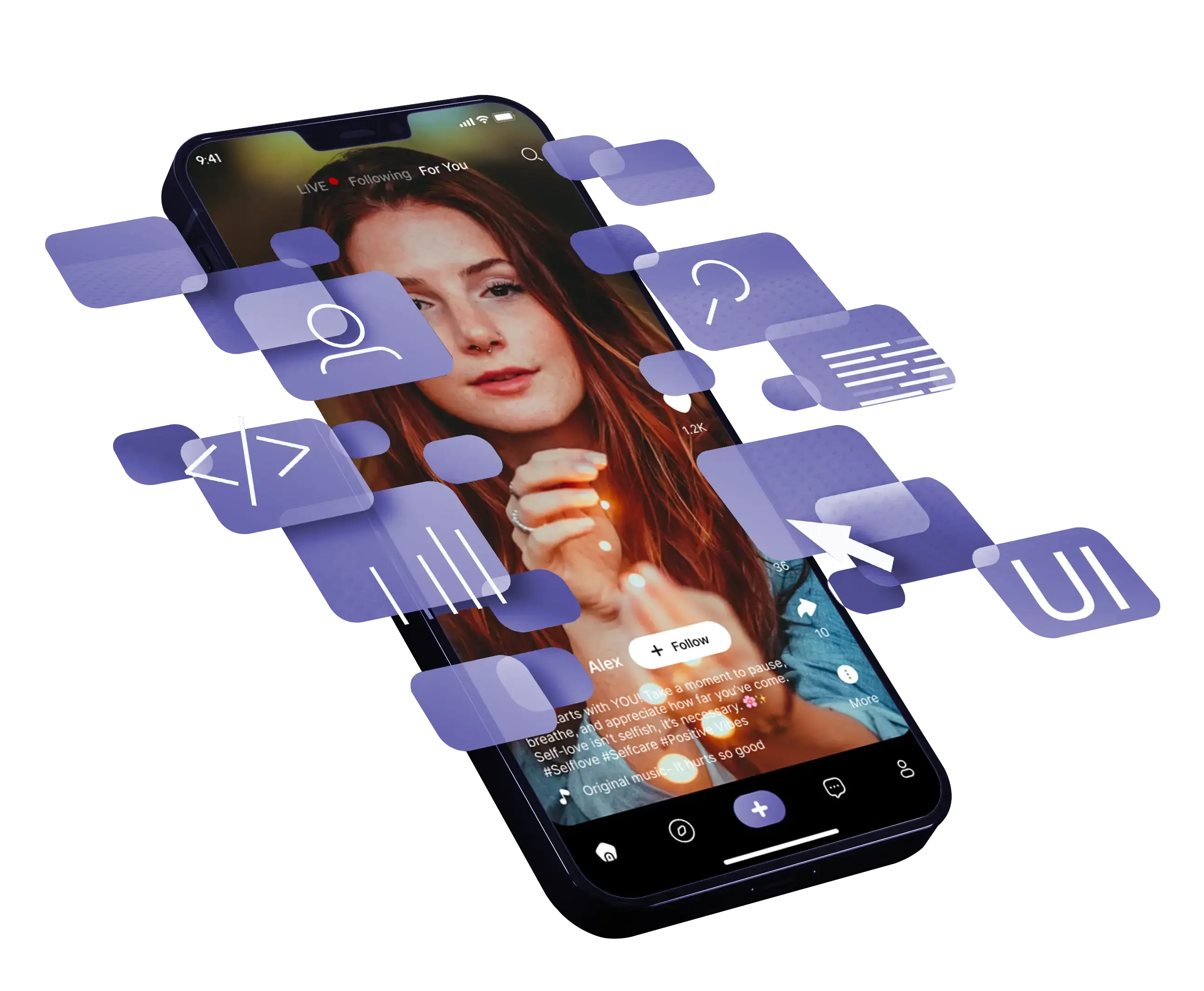
What is Blockchain Technology?
The world of technology is evolving rapidly, and blockchain has emerged as a transformative concept that is changing the way we view data security and transactional trust. We will explain blockchain by breaking down its key components and providing simple examples to illustrate its fundamental principles.
What is Blockchain?
Blockchain is a digital ledger that is decentralized and distributed. It records transactions across a computer network. Think of it as a shared digital notebook that multiple people can access. Each participant has a copy, and any changes made are immediately visible to everyone. This ledger is structured in a chain of blocks, which ensures transparency, security, and immutability of recorded information.

Key Components of Blockchain:
Decentralization:
Imagine a scenario where a group project involves distributing copies of the project file to each team member instead of having a single person manage all the data. This decentralized approach eliminates the need for one individual to control everything, thereby improving security and trust among all participants.
Blocks:
Imagine each block as a page in our digital notebook, which we all share. Each page consists of a list of transactions, such as who owes whom or who bought what. When a page is full, it is securely linked to the previous page with a unique seal, forming a chain of interconnected pages.
Cryptographic Hash:
Imagine that each page has a distinct seal that functions as a secret code. This code is produced by considering the data on the page and the secret code of the preceding page. If anyone attempts to modify the information on a page, the secret code changes, informing everyone of the attempted tampering.
Consensus Mechanism:
Imagine if all team members review the project file and come to an agreement that the information provided is accurate and up-to-date before adding a new page. This agreement process, known as consensus, ensures that everyone on the team is in sync and on the same page (literally!) when it comes to the validity of the transactions.

Simply Understand Blockchain With a Real-life Scenario:
Imagine you and four friends go on a trip. During the trip, everyone spends money on group expenses like food, gas, and hotel rooms. To keep track of who owes what, you decide to write down every expense in a notebook.
You can learn more about blockchain here.

Blockchain in Modern Mobile Apps:
In today's fast-paced digital era, the integration of blockchain technology into mobile applications, such as TikTok clones and dating apps, is ushering in a new paradigm of security, transparency, and efficiency. Blockchain's core feature of decentralization provides outstanding security, an essential aspect for applications dealing with sensitive user data. This technology enhances transparency by recording every transaction on a decentralized ledger, thereby cultivating trust among users. It also simplifies processes by minimizing intermediary involvement, which results in quicker transactions and reduced costs. Envision a TikTok clone where each video upload and interaction is securely logged on the blockchain, safeguarding content authenticity and copyright, or a dating app clone where blockchain enhances user verification, elevating safety and trust. The adoption of blockchain in these apps doesn't just fortify security and transparency; it also introduces innovative opportunities like tokenization, where users can earn cryptocurrency for their engagement or content creation. This seamless integration of blockchain in mobile apps signifies a significant leap forward, transforming them from mere interactive tools to secure, trusted, and dynamic platforms, catering to the increasing demand for reliable digital experiences in the realm of custom mobile app development services.




